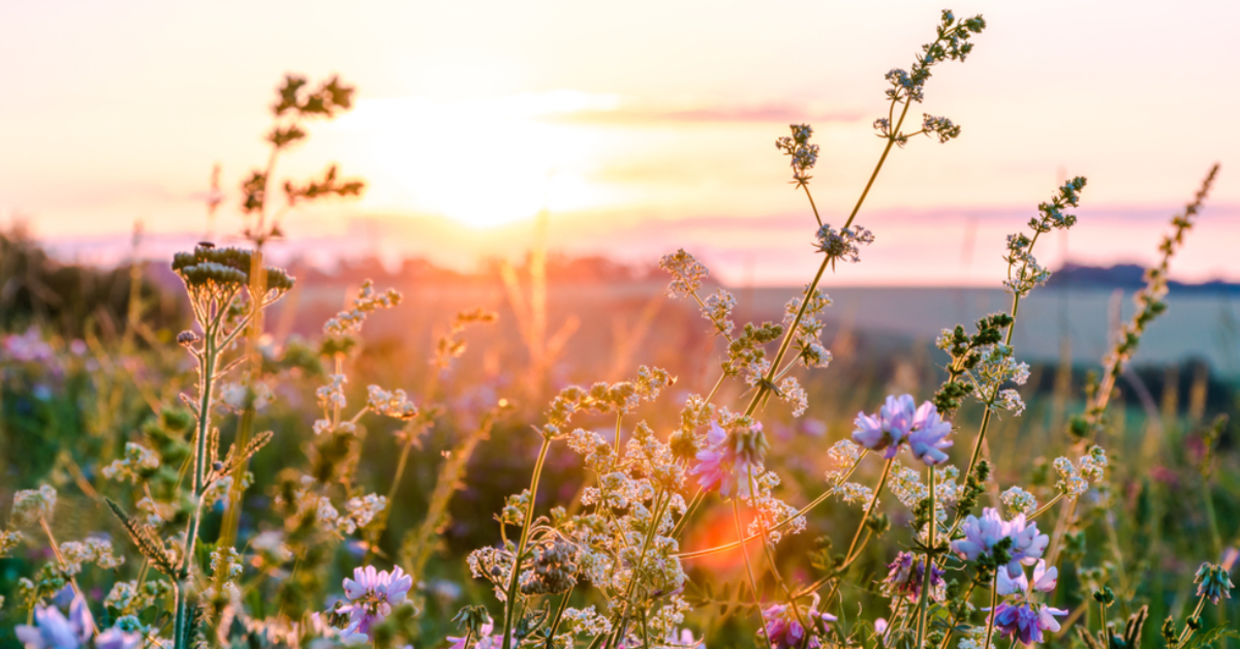
(Artur Sniezhyn / Shutterstock.com)
Wildflowers have a special beauty inside and out. A meadow of colorful flowers may be dazzling to behold, yet many flowers can also be used for first aid. You too can create your own wildflower apothecary right outside your door.
Many consider wildflowers to be invasive weeds, but a careful look reveals surprisingly healing benefits. Be it in pots or in a flower bed, plant these seven wildflowers; they offer healing and may also attract important pollinators to your garden.
Echinacea
Also known as purple coneflower, pretty purple echinacea flowers are associated with alleviating cold symptoms, according to Healthline. You can use echinacea to treat upper respiratory infections, bronchitis, and colds.
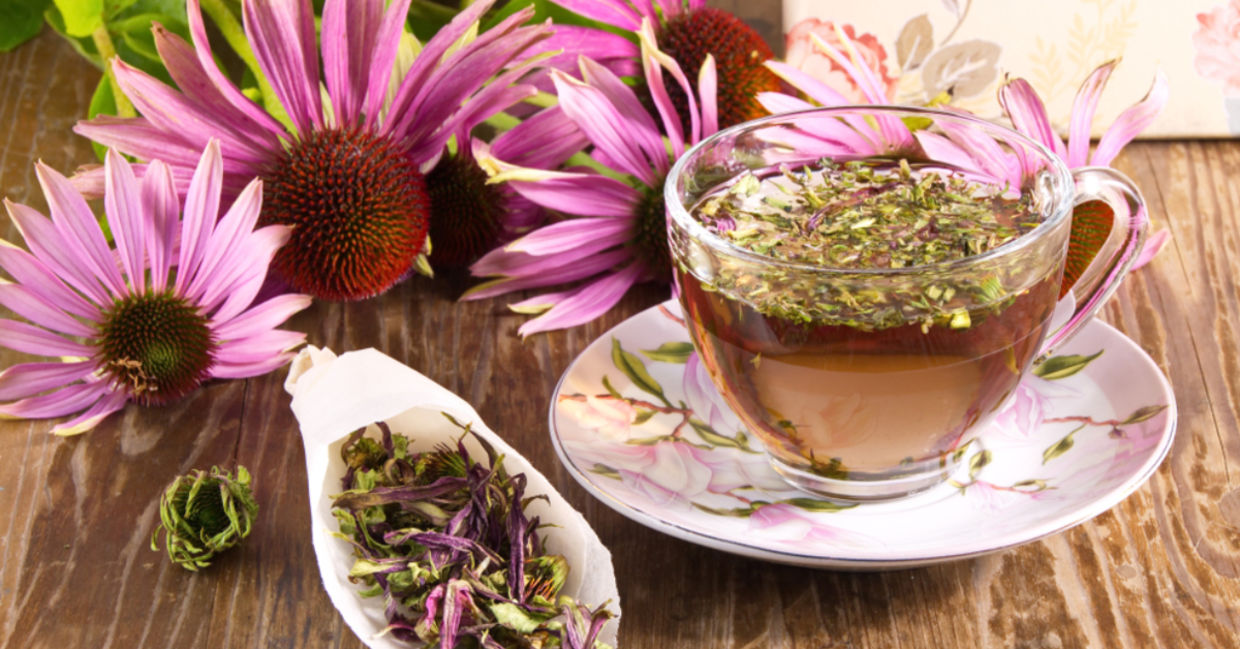
(Nataliia Kuznetcova / Shutterstock.com)
Yarrow
With its showy umbrella of miniature white flowers, yarrow is grown in North and South America, Asia, and Europe, according to Yes! In cases of emergency when outside, yarrow leaves could stop a bleeding wound. It may also cool inflammation and reduce bacterial infections.
Taken internally, yarrow may heal by stimulating the immune system as well as soothing aches, pains, and fever associated with colds and flu.
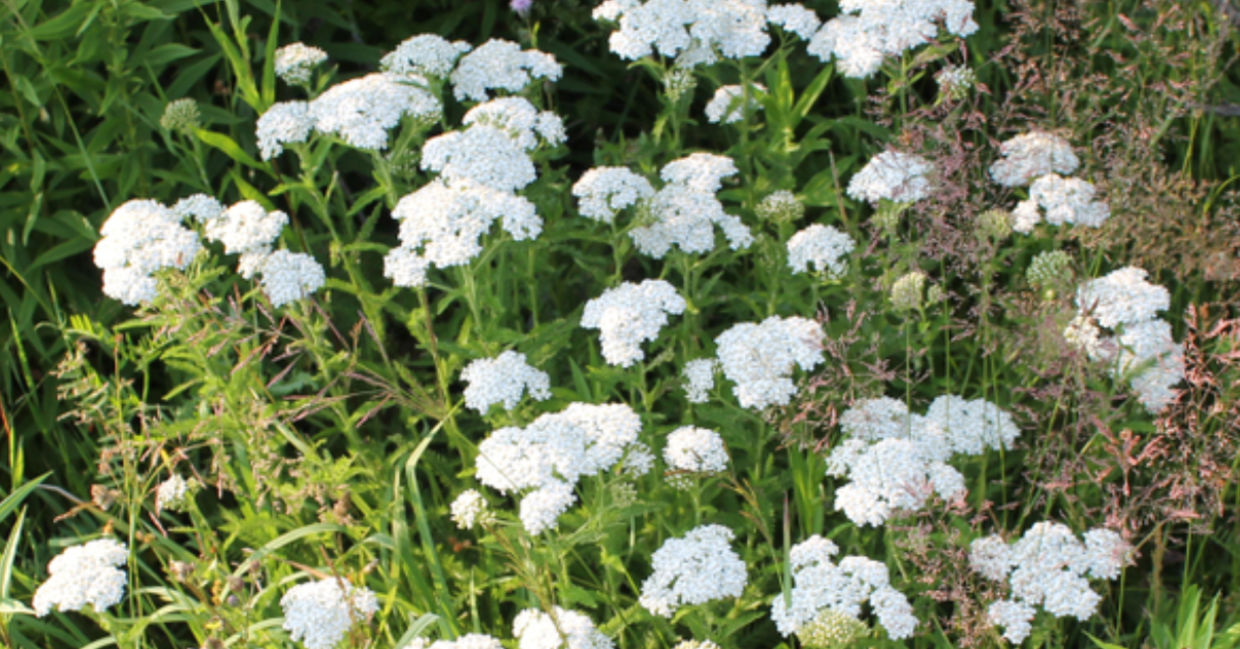
(MIROFOSS / Shutterstock.com)
Stinging Nettle
This is the wildflower to forage as an all-round tonic, according to Prepper’s Will. Stinging nettle has many ancient medicinal uses that include helping to treat allergies,fatigue, burns,and more. Used internally, nettle may cleanse your body of metabolic waste and is also a diuretic.
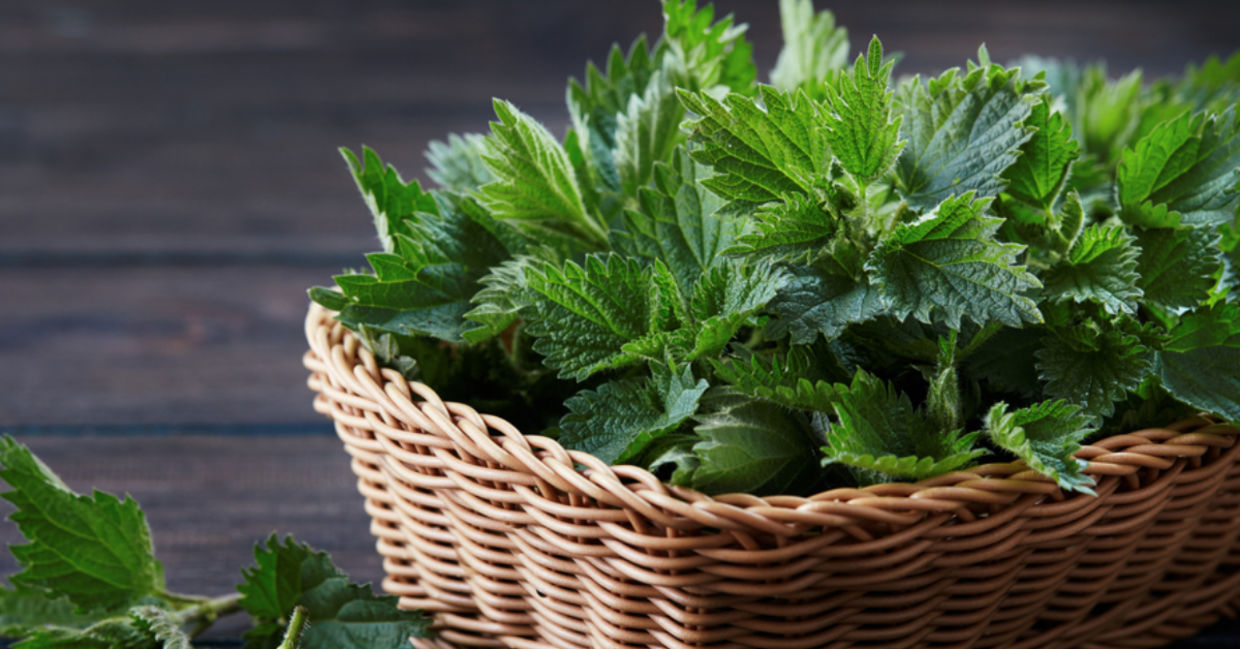
(Melica / Shutterstock.com)
Arnica
You may be used to seeing arnica as a cream or tablet, but it comes from a bright yellow perennial that is belongs to the sunflower family. According to Yes!, there are two types of medicinal arnica: arnica chamissonis from North America and arnica montana from Europe.
Since it contains anti-inflammatory properties, applying it to the skin may offer pain relief. It has been known to help treat carpal tunnel and osteoarthritis. As arnica is a popular home remedy, these plants have been overharvested; so give wild arnica a well-deserved break and cultivate your own.
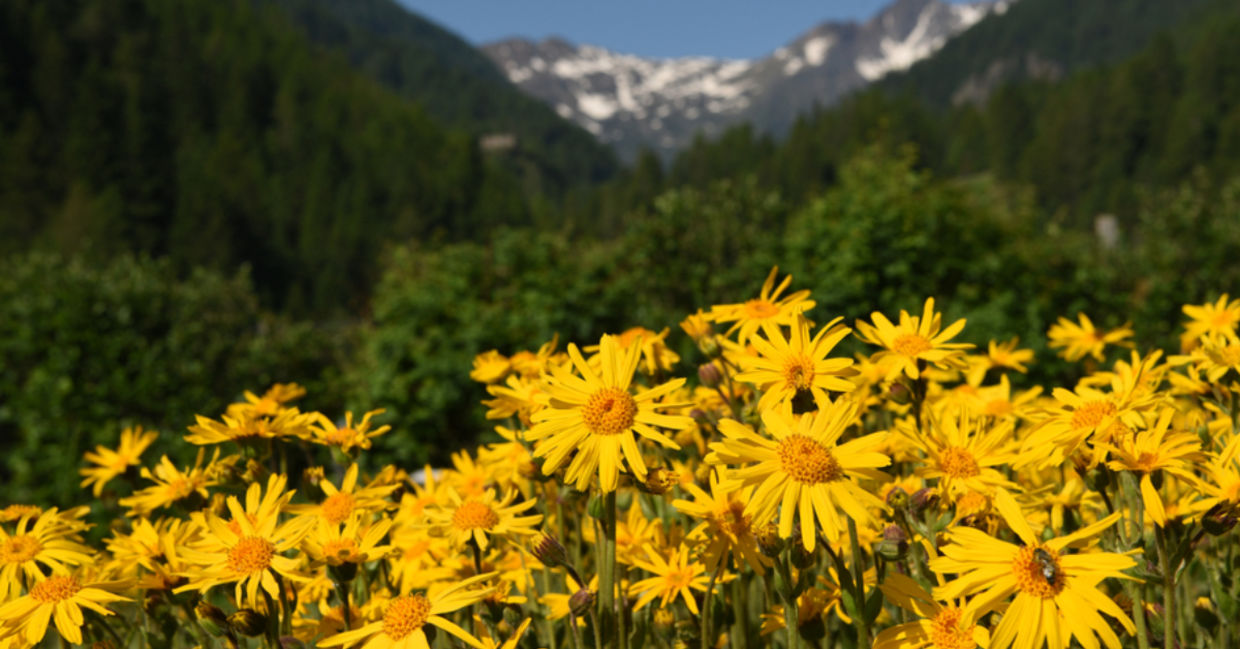
(Franznikon / Shutterstock.com)
Dandelion
Mostly associated as a weed, the dandelion is sadly misunderstood! The entire plant is edible, with different parts offering various healing properties, according to Prepper’s Will.
The leaves could act as a diuretic, as well as helping ease digestion, and stimulating appetite. Dandelion flowers also contain antioxidant properties and may strengthen the immune system.
Even the roots offer unique gifts for health. Indeginous healers used dandelion to detox the liver and gallbladder as well as help improve kidney function.
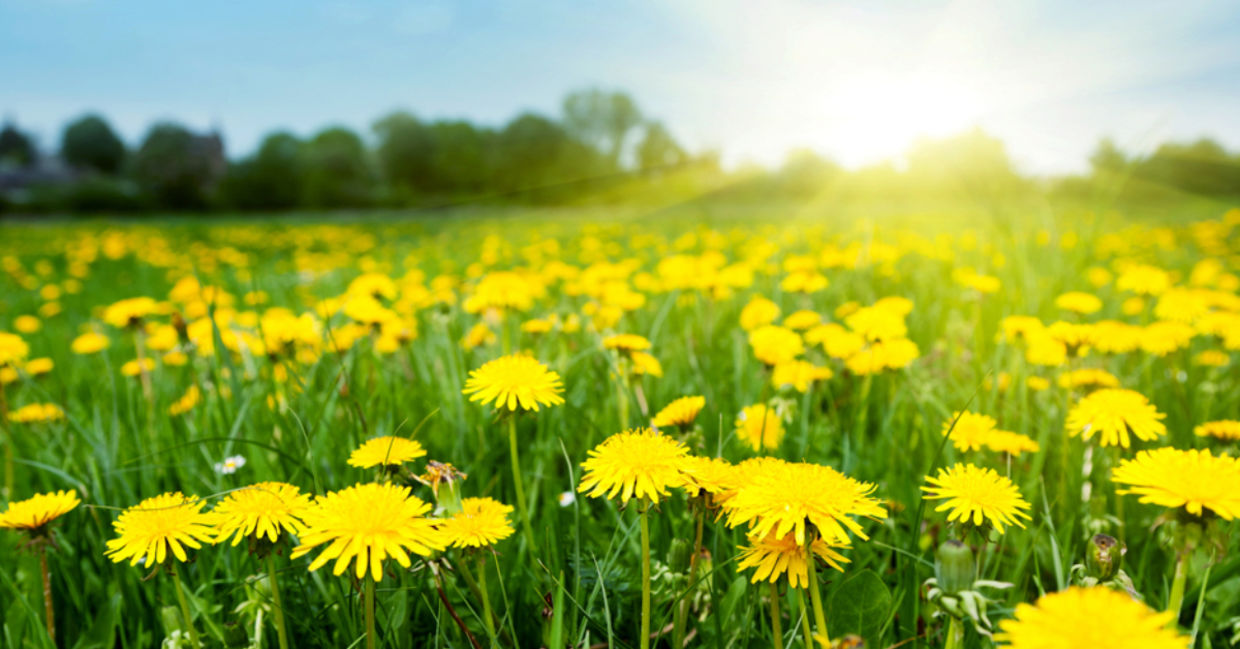
(Creative Travel Projects / Shutterstock.com)
Common Mallow
This is another misunderstood wildflower that is considered a weed. Just like the dandelion, each part of the mallow can be used for healing and it is edible. Use mallow to treat wounds, rashes, swelling, and insect bites. Mallow may help reduce inflammation as well.
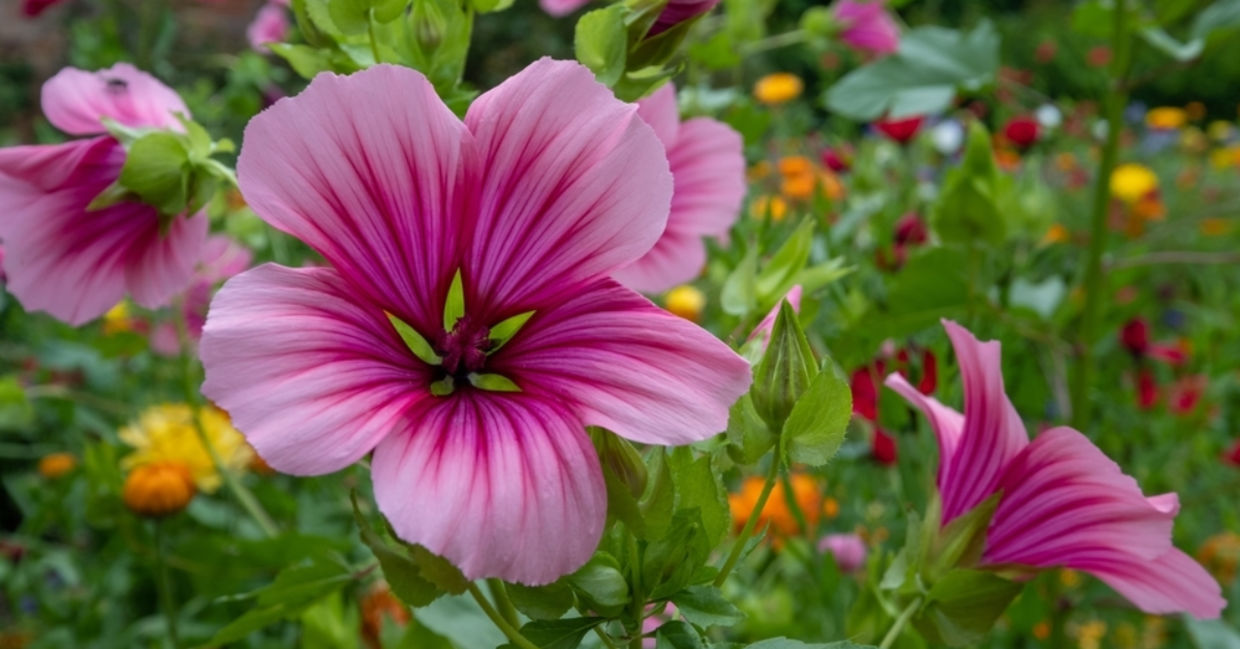
(Lois GoBe / Shutterstock.com)
Chickweed
The tiny chickweed sports little white flowers. The greens are edible and make a nutritious addition to a salad, according to Survivopedia.
Medicinally, the plant has been used in natural healing as a diuretic, laxative, astringent, and expectorant. To help treat burns and rashes, grind chickweed into a poultice.
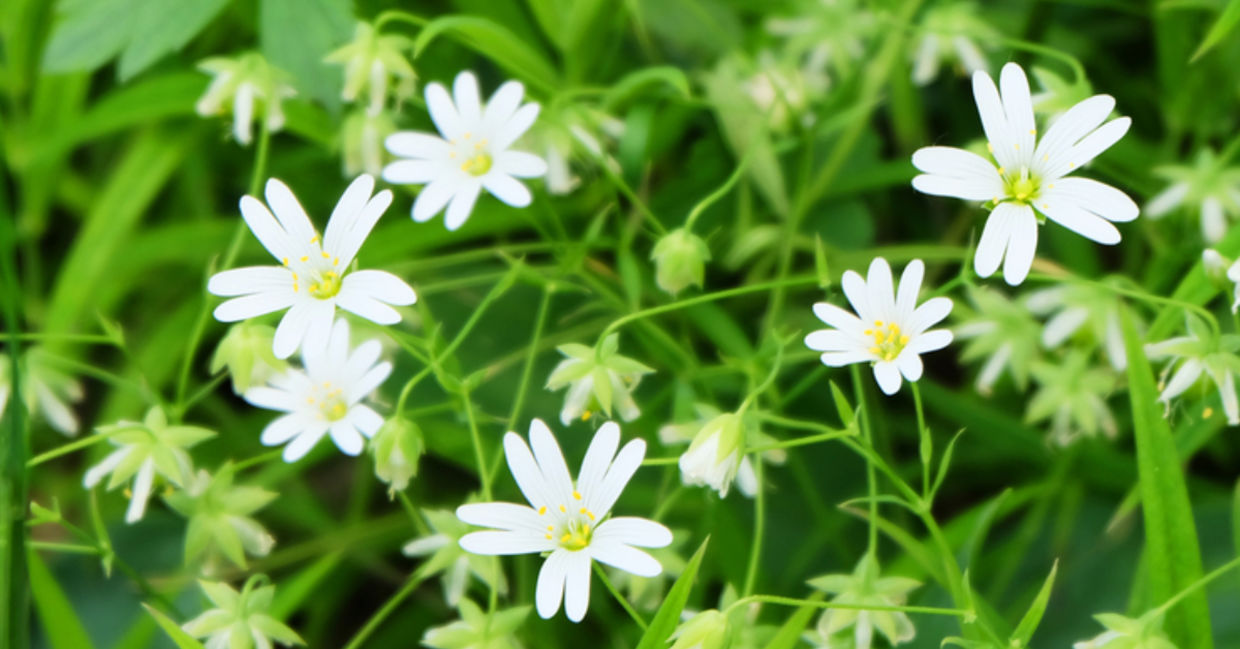
(Ollga P / Shutterstock.com)







